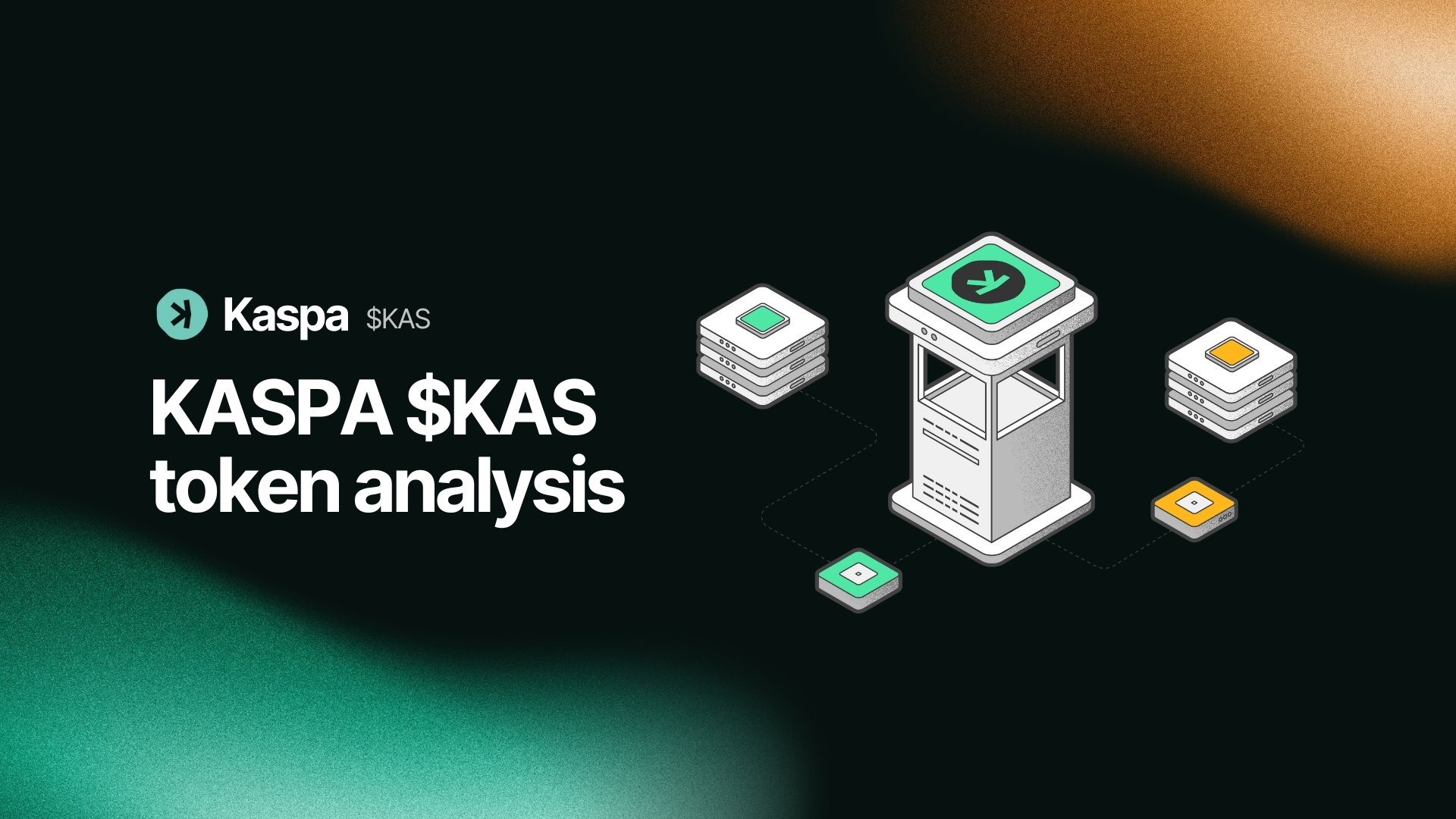Kaspa is a relatively new cryptocurrency and blockchain project distinguished by its focus on scalability and speed. The Kaspa protocol uses a data structure known as GHOSTDAG (an acronym in English for Directed Acyclic Graph of Partially Ordered Blocks by Ghost). This structure allows the blockchain to process blocks in parallel, significantly increasing the network’s capacity to handle transactions quickly.
One of the most innovative aspects of Kaspa is its ability to confirm transactions almost instantly, which is a significant advancement compared to the transaction speeds of more established cryptocurrencies like Bitcoin and Ethereum. Additionally, by not relying on a traditional linear blockchain, Kaspa avoids common scalability issues and transaction processing bottlenecks.
The Kaspa project is also open-source, meaning developers from around the world can contribute to and improve the protocol. This fosters an active community and constant innovation within the Kaspa ecosystem. The associated cryptocurrency, KAS, is used within the network to pay transaction fees and participate in the mining and transaction validation process.
Key Points of Kaspa
Kaspa incorporates several key points that stand out within the cryptocurrency space due to its technological innovation and focus on scalability and speed. Here are some of these key points explained:
- GHOSTDAG Protocol: Kaspa uses the GHOSTDAG protocol, which is a variant of the DAG (Directed Acyclic Graph) protocol. Unlike traditional blockchains that operate on a linear sequence of blocks, GHOSTDAG allows multiple blocks to be added to the network simultaneously. This significantly reduces waiting times and increases the network’s processing capacity, resulting in almost instant transaction confirmation.
- Scalability: Thanks to the use of GHOSTDAG, Kaspa can scale horizontally, meaning its capacity can increase by adding more nodes to the network without diminishing performance per node. This is crucial for supporting a large volume of transactions and users without compromising speed or security.
- Proof of Work (PoW) Based Mining: Despite the trend towards more eco-friendly consensus mechanisms like Proof of Stake (PoS), Kaspa still utilizes PoW, which is fundamental for maintaining decentralization and security in its network. However, its implementation is designed to be more efficient and faster than that of cryptocurrencies like Bitcoin.
- Community and Open-Source Development: Kaspa is an open-source project that encourages developers from around the world to contribute to and improve the system. This not only ensures a constant evolution and adaptation of the project but also promotes a strong and active community that can quickly respond to challenges and opportunities.
- Low Transaction Fees: Kaspa’s design features allow the network to handle a large number of transactions without the need for high fees. This is beneficial for users looking to make economical and frequent transactions.
These key points make Kaspa stand out in the world of cryptocurrencies, offering a solution that is not only fast and scalable but also open and participatory for the developer and user community.
What is KAS and What Is It Used For?
The KAS token is the monetary unit used within the Kaspa network and plays several key roles in its ecosystem. Here’s more about the token and its functions:
- Medium of Exchange: KAS is used to conduct transactions within the Kaspa network. It functions like any other cryptocurrency, allowing users to buy, sell, or transfer value quickly and securely.
- Transaction Fee Payment: Similar to many other blockchain networks, transactions on Kaspa require fee payments. These fees are paid in KAS and are used to compensate miners for transaction processing and block inclusion in the blockchain.
- Incentive for Miners: Kaspa operates under a Proof of Work (PoW) consensus mechanism, and miners who contribute to validating transactions and creating new blocks are rewarded with KAS. This incentivizes participation and maintenance of the network by miners, ensuring its security and stability.
- Network Security: The use of KAS in mining also helps protect the network against attacks. Since miners need to invest resources (such as computing power) to earn KAS, there is a significant cost associated with any attempt to attack the network, contributing to its security.
- Decentralization: By allowing anyone with the right equipment to participate in mining, Kaspa fosters a more decentralized network. This is crucial for avoiding control of the network by a small number of large actors, which is a problem in some other cryptocurrencies.
The KAS token is essential not only as a unit of transaction but also as a central piece in the security and operation of the Kaspa network. Through its circulation and use, KAS facilitates a robust and efficient ecosystem that supports both users and developers in the Kaspa project.
How to Buy KAS?
To acquire KAS, interested parties must go to cryptocurrency exchange platforms that list it. These exchanges can vary in terms of liquidity, security, and facilities offered to users. It is important to research each platform beforehand to understand its features, fees, and requirements. Currently, the token is available on different exchanges such as Gate.io, Bybit, or KuCoin.
What Is the Price of KAS?
The price of KAS constantly varies due to market fluctuations. For the most up-to-date information on the price of $HBAR, I recommend visiting reference sites like CoinMarketCap or the official Kaspa website to see the latest quotations and market analysis.
[mcrypto id=”13754″]





